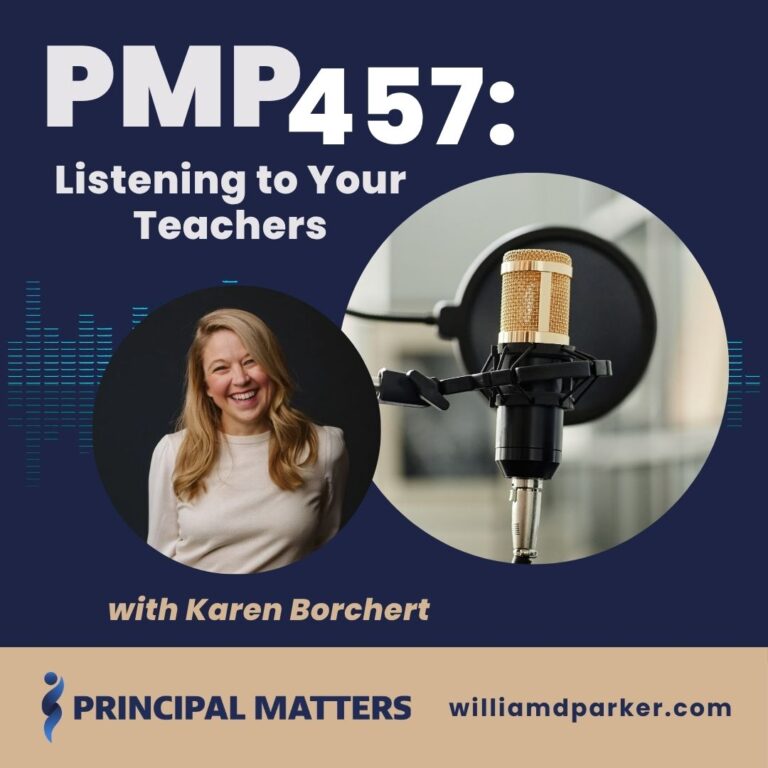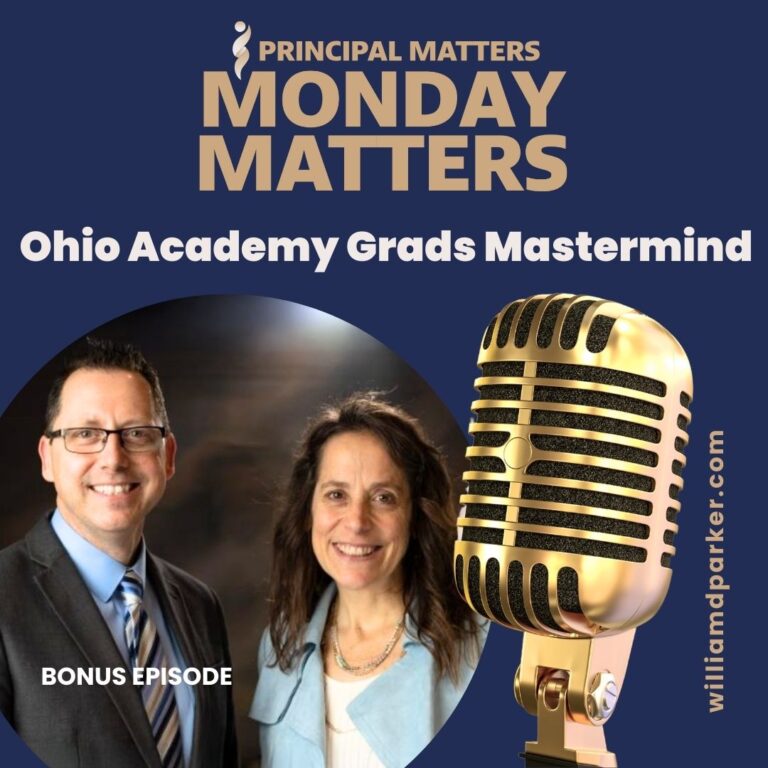I have a lot of friends who are good golfers. I am not one of them.
But I recognize a good golfer when I see one. He or she is usually the one who gets the ball in the hole with the fewest strokes.
One observation I’ve made about great golfers, however, is that most of them have been coached.
Teaching is often a solitary profession. You may have hundreds of students before you on a daily basis, but you are often the lone adult in the room.
But even those of us who often do our work outside the observation of peers or advisors can benefit from coaching.
My Reality Check
Last spring one of my teachers shared with me her genuine disappointment in my lack of meaningful follow-through after my visits to her classroom.
This constructive criticism was honest and helpful. I had to acknowledge to myself that although I had completed formal observations in her room, I wasn’t necessarily giving her helpful feedback.
I also recognized how I often mismanaged my time in classrooms by responding to “emergency” situations happening throughout the day–conflict issues, requests for meetings by parents–while thinking my teachers would understand if my times with them had to be rescheduled.
While some situations are unavoidable, I knew I had to make some new commitments for prioritizing my time and follow-up with teachers.
So far these first few weeks of our school year, I’ve been able to implement some new steps, and I am liking the results.
So here are four takeaways from my goal setting that may help you too:
1. Schedule visits for the entire school year in advance but set a one week observation range.
I had already been scheduling my visits in advance for years, but this school year, I took a suggestion from one of my team members to create a calendar that reflects a commitment-range–communicating ahead of time to scheduled teachers that a visit will be sometime during a designated one-week period.
The advantage of scheduling in advance within a one-week period helps teachers have these visit on their radars.
Tying the flexibility to any day that week helps both the teacher and me to communicate back-and-forth on times we may want to avoid–like a class period when students are testing, for instance.
Although I walk through other classes, I am formally observing at least two teachers a week now. And my follow-up has been within 24 hours of the observation.
Scheduling the one-week window allows me to not feel as guilty about the other unexpected meetings or circumstances that sometimes shift my schedule, and teachers appreciate the pre-observation communication.
Now when I’m in a classroom, I can better focus on the moment at hand.
2. Watch and take notes as a first priority, and make the observation form a secondary one.
If you’re like me, you may be tempted to immediately begin checking off all the boxes in your formal observations, but don’t forget the most important reason you’re there: for meaningful feedback.
So, resist the urge to “complete a task” and just watch, listen, and learn at first.
This year I am watching, listening, and observing first. Then I am taking notes that may fall all over the range of the observation form. After I have a good grasp on those actions, then I begin filling in relevant areas on the observation form.
When I follow-up the next day with the teacher face-to-face, I go back through the entire teaching scenario, then the observation form.
The observation form cannot be the end goal; instead, it is a tool to reinforce suggestions, redirection, questions or compliments.
3. Use technology to support, not replace, interaction.
One of my errors last year was relying too heavily on my written or electronic follow-ups with teachers. Although the documentation is still important, nothing replaces a meaningful face-to-face dialogue.
Also, I have learned some powerful question for our discussions: What do you believe is working well for you and your classes? What are some of the challenges you are facing this year?
These are not a “gotcha” questions. They are a genuine attempt to interact with the questions, roadblocks, or challenges teachers are facing so that we can explore answers together.
4. Divide and delegate.
This seems like a no-brainer, but if you have the privilege of sharing school leadership with an assistant principal (or more than one like I do), also share the responsibility of observing/evaluating.
Observing teachers and giving feedback requires a lot of time. So rely on your team to help you.
Not only can your assistant administrators help, but other staff members may be able to better handle some of the “to-do’s” that free up more time for you and your assistants to be in classrooms.
The more time you can devote to actually being in classrooms, the better.
Conclusion
Teachers are the most valuable resource we have for student success. And even the most talented among them need and deserve meaningful feedback or coaching.
To do this requires scheduling in advance with flexibility, observing for understanding before giving written feedback, maximizing face-to-face interaction, and relying on others to help with areas that may create more opportunities to be in classrooms.
Now It’s Your Turn
What are some other suggestions for providing meaningful feedback to your team members?
Sign-Up For Free Updates
When you enter your email address here, you will automatically receive my newest posts. Let’s keep learning together!


